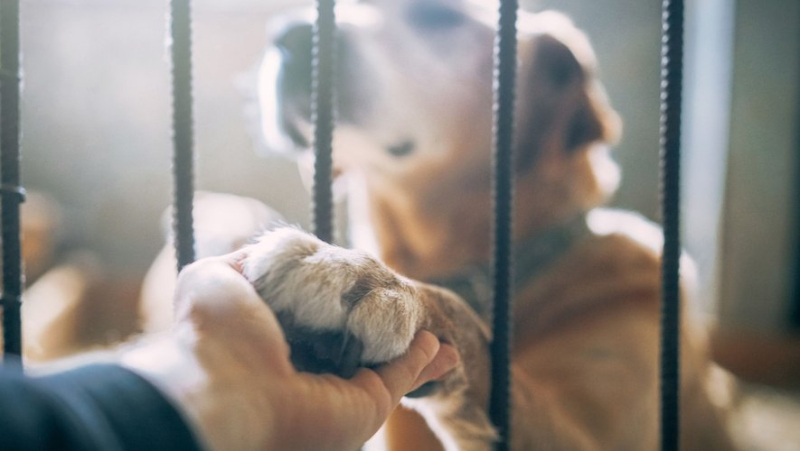Financial problems, moving… what is pet homelessness, this phenomenon that is difficult to understand ?

Problèmes financiers, déménagement, séparation… Plusieurs événements de la vie motivent les abandons d'animaux. Wpadington/Getty Images
Since 2014, French law no longer considers animals as "movable property" but as "living beings endowed with sensitivity". A change in legal status which does not slow down abandonments. More than a million cats and dogs are homeless in France, according to a recent survey by Mars Petcare.
Cats are unfortunately more affected by this phenomenon. There are 1.1 million homeless people in France, including 900,000 on the streets and 201,600 in shelters. In comparison, 103,400 dogs are without families. Generally speaking, 5% of the 24.11 million cats and dogs in France are homeless.
France has the fewest homeless animals
If these figures seem high, they are much higher elsewhere in the world. 69% of pets are left to fend for themselves in Greece and India. France is one of the countries with the fewest homeless animals with Australia (3%), the United Kingdom (5%) and Lithuania (5%). Globally, 362 million dogs and cats are homeless.
Different factors contribute to pet homelessness. Financial problems, moving, separation… Several life events motivate animal abandonment. It is important that owners realize that acquiring a dog or cat must be a considered choice, and not an impulsive decision. Welcoming a four-legged companion is a long-term commitment: certain breeds can live more than 10 years. Asking the right questions upstream would help limit the number of annual abandonments.
Sterilization also limits the proliferation of stray animals, especially cats. A female can have on average three to four litters per year. Feline owners often find themselves overwhelmed when dealing with these kittens, which can lead them to abandon them in shelters or on the street. Sterilization prevents unwanted litters, and also offers many advantages in terms of health and animal protection.
So-called “involuntary” losses
Another major problem: so-called "involuntary" losses. In 2023, 82,864 animals were declared lost by their owners, according to figures from the company i-Cad, which manages digital animal identification in France. This is why owners must give their furball an identity, by means of a tattoo or an electronic chip implanted under the skin. Whatever method is used, identification greatly facilitates the search for the animal in the event of its disappearance. An identified animal has a 40% greater chance of being returned to its owner, according to the Ministry of Agriculture and Food Sovereignty.
Homelessness of domestic animals remains a difficult phenomenon to understand. There is no consensus on the figures, even if associations and shelters agree that they have continued to increase in recent years. To stem this scourge, the government recently launched a new national plan. This aims first of all to establish a complete inventory of pet abandonments, but also to make the general public understand what it means to welcome a ball of fur into your home. a home.




